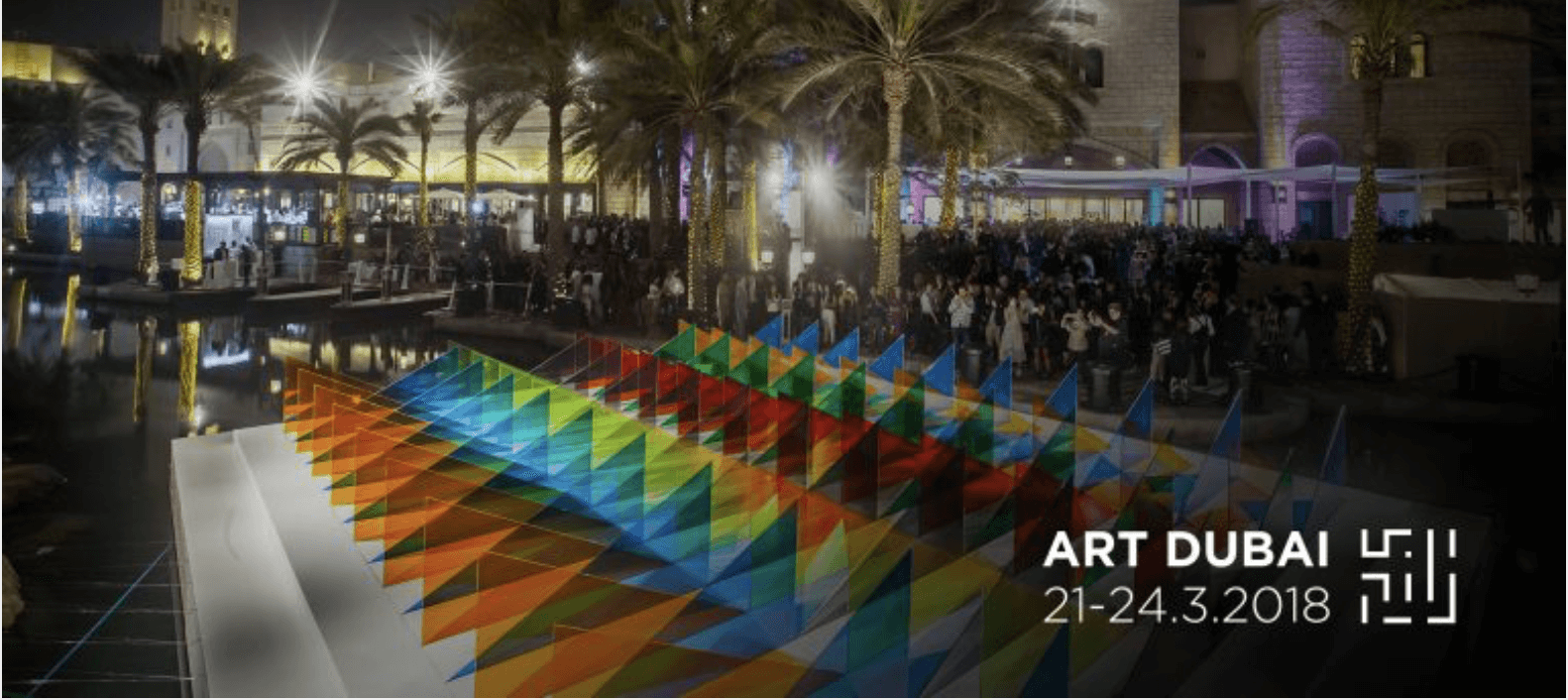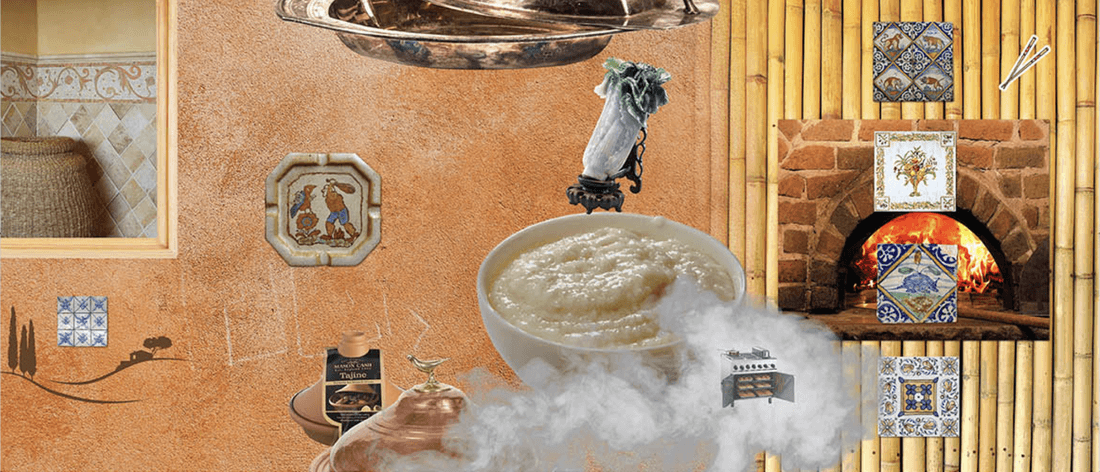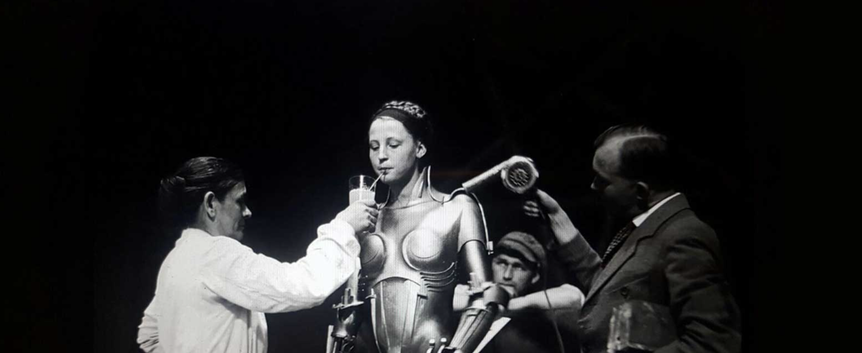Myrna Ayad Director of Art Dubai and
Shumon Basar Commissioner of the Global Art Forum,
on the 12th Edition of Art Dubai Art Fair,
Highlighting Art from the Middle East,
and the links between Technology,
Automation and Art

In the 12th Edition of Art Dubai, the Art Fair has expanded the number of galleries showing and is highlighting the use of automation and the links between technology and art.
Myrna Ayad, Director of Art Dubai and Shumon Basar Commissionar of the Global Art Forum share here with us more...
MA: Its visual appeal, ability to inform and inspire and transmit senses of tolerance and awareness to multiple issues.
You’ve championed diversity in art and under-represented artists. Have you seen the art industry change from when you first started?
MA: Absolutely, and by leaps and bounds (in the region). Looking at Dubai, in the last decade, there have been numerous additions to the local art scene that have all contributed to positioning the city – and the country – as the region’s capital of culture. Take Art Dubai as an example; when it launched in 2007, it brought together 40 galleries and welcomed 8000 visitors.The 12th edition of Art Dubai gathers 105 galleries from a record 48 countries alongside robust programming that we have put together and which redefines what an art fair can do. We’ve seen a collector base grow and diversify, with collectors transitioning into patrons and many setting up foundations such as the Barjeel Art Foundation and the Sheikha Salama Foundation. More galleries have opened in the last decade, the city is home to 2 auction houses, the Louvre Abu Dhabi opened in November last year and in November, we anticipate the opening of Art Jameel.

MA: Art is a fundamental tool of communication. I find that it is critical in conveying messages related to all sorts of topics such as history, social issues, politics and the like. How better to get to know a culture than through its cultural output? Art awareness is also related to tolerance and understanding. Artists are historians, able to analyse and document moments unlike the methods that history books take.
MA: In the past, cities such as Beirut, Cairo, Baghdad and even Damascus were considered capitals of culture. With economic and political strife, things shifted and the UAE now leads as a country that is spearheading efforts and appreciation for art and culture. We must consider the post 9/11 scene – the Middle East responded by putting on exhibitions and other cultural events in the name of raising awareness regionally and abroad. With Diasporic pockets in the Gulf, Europe and North America, energies from these regions pulled together to promote and support regional art. On the topic of Diaspora, I believe that these pockets played a critical role – there is a sense of nostalgia that manifests when one is away from their homeland; people want to ‘hang on’, and one way in which they do this is to support art and culture. The appreciation grew, more patrons supported and pioneered with various initiatives, institutions set up acquisitions committees, countries were/are represented at the Venice Biennale… and we all continue to work towards strengthening the scene.
MA: We are the most global of art fairs and what attests to this is 105 galleries coming from a record 48 countries to our 12th edition. Art Dubai activates a robust community programme both, at the fair, and year-round through the Global Art Forum, Campus Art Dubai and The Room. Over the years, our programming has diversified and allowed us to redefine an art fair’s role so that we extend to more than just a moment in March, but rather an institution that activates programming on a year-round basis. We are committed to continuing to act as a catalyst in the local and regional art scenes. We launched Art Dubai Portraits – a series of short films that offer perspectives on the lives and workspaces of artists that are connected to the fair through its programming or participating galleries and have been presenting two Portraits on a monthly basis.
Art Dubai acts as a gateway and mirrors the multiculturalism of its host city – Dubai is cosmopolitan, a main cultural hub, home to a multitude of nationalities and its geographic position also allows it to be a gateway in the Middle East between Asia and Europe – these are all attributes that Art Dubai reflects. The fair has been and will continue to be a platform for artists and galleries, particularly from the Middle East, North Africa and South Asia, to launch themselves onto the international scene; it is also a platform where trends are set and is very much a fair of discovery.

Good Morning GCC. 2017. Courtesy of the Artists. www.artdubai.ae/the-room-2018/
www.artdubai.ae/the-room-2018/
SB: Automation is a natural sequel to the last few editions of the Global Art Forum, which have focused on technology, the future and trade. Automation is born from these things and also radically affects all these things. And since the Forum takes the current cultural temperature, we wanted to see what we could contribute to this already pervasive topic, in our own inimitable way.
SB: You could say that there's a version of art history which has always been predicated around technological frontiers: art shifted with the inventions of papyrus, gouache, oil paint, acrylic, film, video. And so, artists who are attentive to the world they inhabit are consequently engaging with the emergent qualities of automation: whether it's the uncanniness of humanoid robots, or, the disinformation of news algorithms. The most astute artists have always paid attention to whenever there's an epochal shift in our subjectivities, and we are at one such moment right now.
SB: We always say that it's the unpredictable consequences of technology which dictate the future. So, yes, we can try and predict outcomes, but, there will always be outcomes we can't predict. These are going to be the ones that catch us off guard and probably scare us the most. It is also worth reminding ourselves that the current President of the United States, in his inauguration, waged war on globalisation. Just a few weeks after, the President of China declared the future of globalisation as something that his country would now need to protect and enhance. Identity is one of those things that is always undergoing reinvention, and will also feel the push and pull of these contradicting forces.

Metropolis. Brigitte Helm being prepared for Robot scene. Germany 1925/26. Director: Fritz Lang.
MA: For it to be widely appreciated and patronised, be given equal importance to art from other parts of the world and for greater dialogues to be formed between art from the Middle East and elsewhere.
Myrna Ayad
Is the Art Dubai Fair Director, she is also an independent arts writer, editor and consultant who has been based in the UAE for over thirty years.
She has written prolifically for publications including The New York Times, The Art Newspaper, Artsy, Artforum, Artnet and The National among others, and published books on major collections and art movements in the UAE and Saudi Arabia.
Previously she was the Editor of Canvas, a leading magazine for art and culture from the Middle East and Arab world where she worked for eight years (2007-2015).
Shumon Basar
is a writer, thinker and cultural critic. He’s the co-author of The Age of Earthquakes: A Guide to the Extreme Present, with Douglas Coupland and Hans Ulrich Obrist
He is also author of Do You Often Confuse Love with Success and with Fame?
He has been Editor at Large at Tank magazine since 2001, is Contributing Editor at Bidoun, and was co-founder of the print/event collective sexymachinery.
At the AA School, London, Shumon has curated internationally touring exhibitions, hosted guests such as Sir Ken Adam, Peter Saville, Keller Easterling and Momus, and he directs a public program there every Summer called FORMAT: The Shapes of Discourse.
He is Commissioner of the Global Art Forum, an annual transdisciplinary summit held in Dubai, as well as Doha, London and Kuwait.
Shumon is a member of Fondazione Prada’s “Thought Council,” which advises Miuccia Prada and the Foundation on programming and curating their OMA designed cultural complex in Milan. He is also on Art Jameel‘s Curatorial Council.
